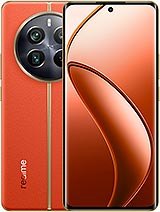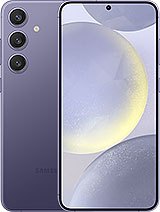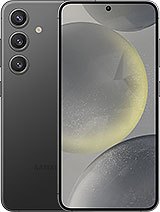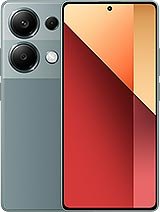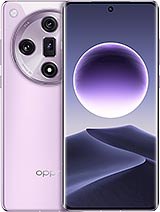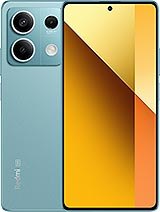Explore All Triple Camera Smartphones Specs and Reviews
One of the main differences between a triple camera and a quad camera phone is the number of cameras. As the name suggests, a triple camera phone has three cameras on the back, while a quad camera phone has four. The additional camera on a quad camera phone can offer a range of benefits, including the ability to capture more detailed and clearer photos and videos. It can also provide a wider range of focal lengths, allowing you to capture more of a scene or zoom in on a subject.
Another difference between the two types of phones is the range of features and capabilities they offer. Some triple camera phones may offer features such as optical zoom and bokeh effects, while others may have a depth sensor camera that can be used for more accurate bokeh effects and better augmented reality experiences. Quad camera phones may offer similar features, as well as additional cameras that can be used for low light photography or wide angle shots.
One of the main drawbacks of a triple camera or quad camera phone is the cost. These phones can be more expensive than phones with fewer cameras, and the additional cameras may not always offer a significant improvement in image quality. It is important to consider whether the extra cost is worth it for the features and capabilities that the additional cameras offer.
Overall, both triple camera and quad camera phones can be useful for photographers and videographers looking to capture high quality photos and videos. However, it is important to consider the number of cameras, the range of features and capabilities, and the cost before making a decision.




